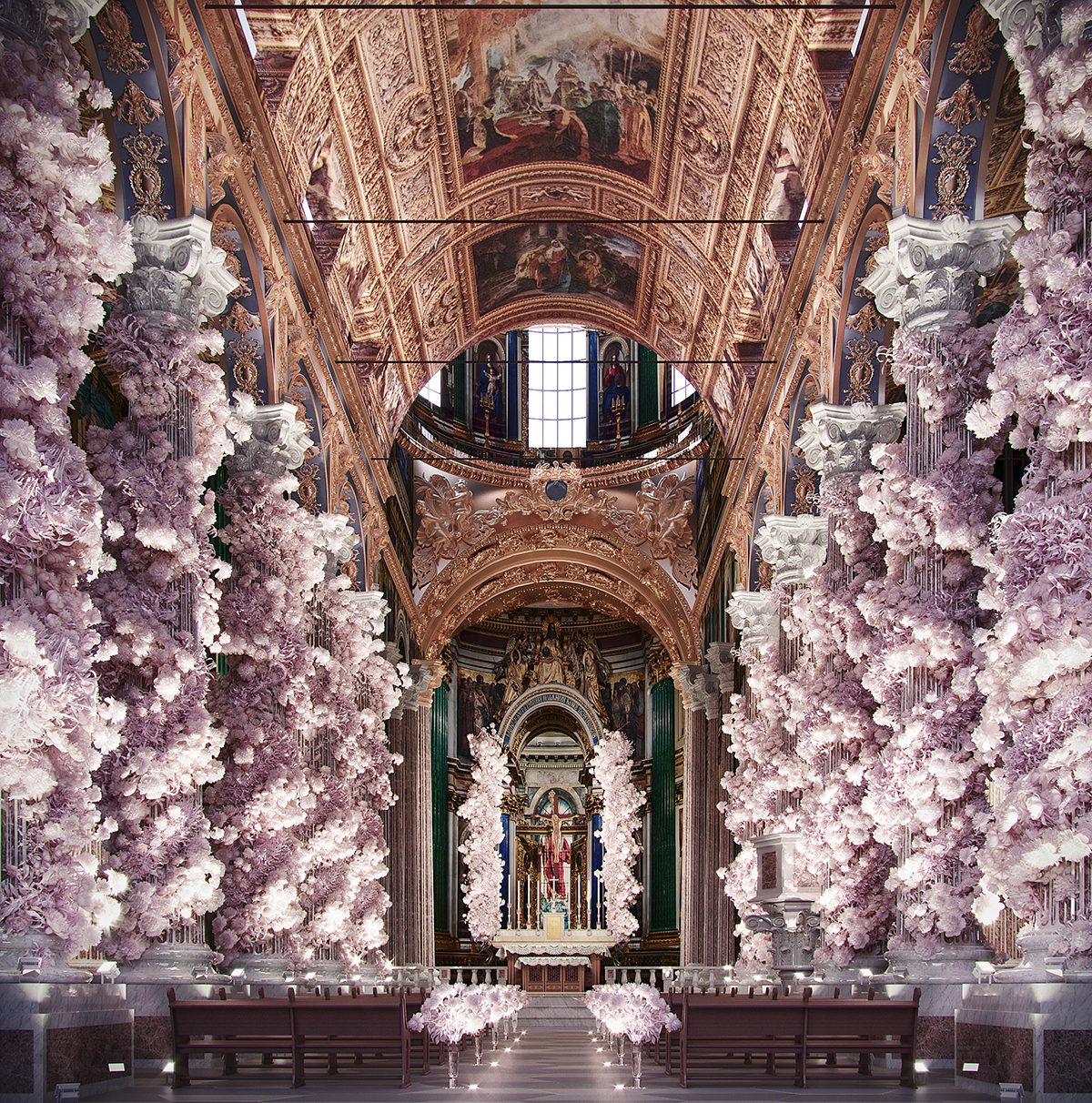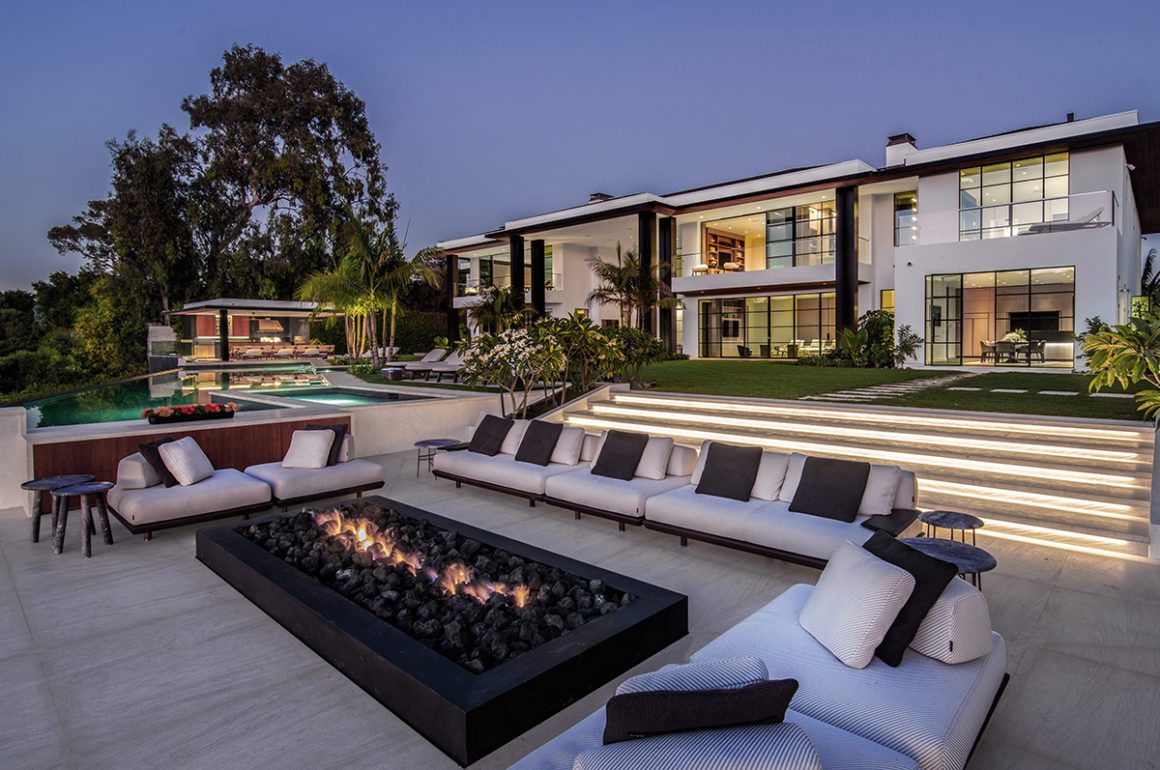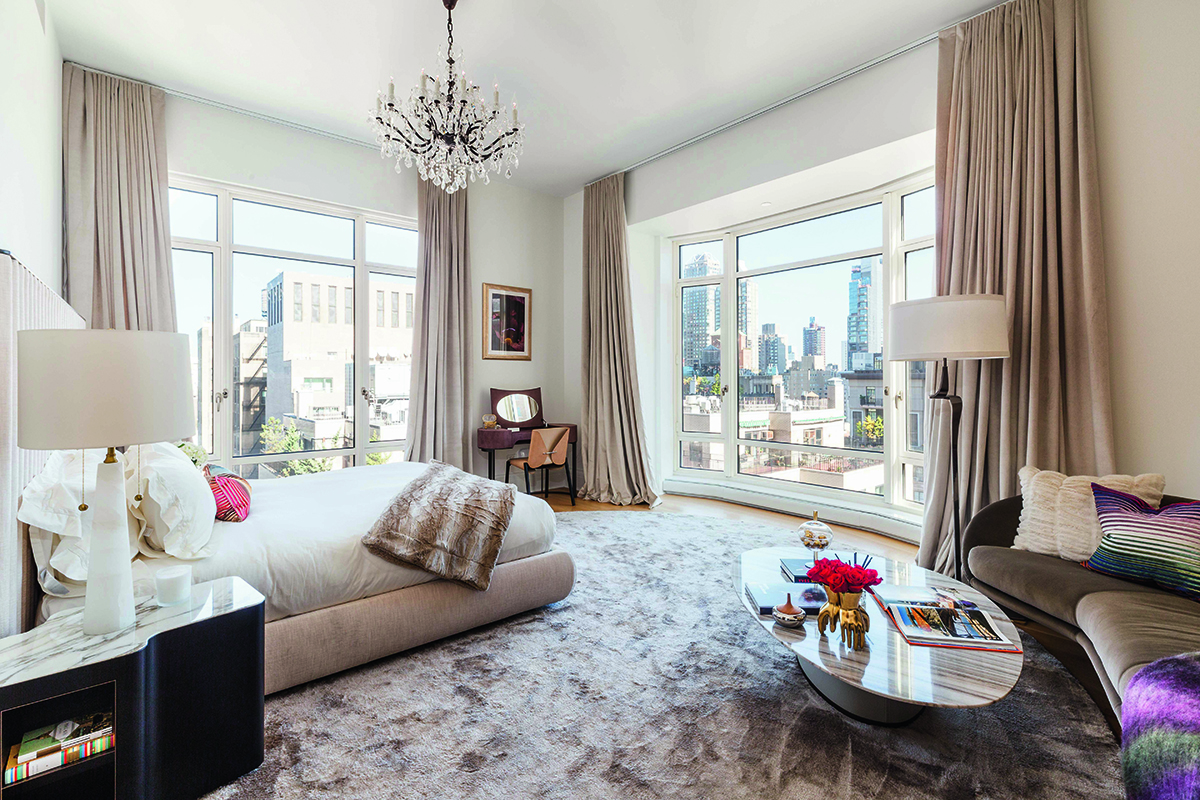
A botanical themed wedding designed by Ali Behnam-Bakhtiar
Iranian-born designer Ali Behnam-Bakhtiar does everything from interiors and architectural design to weddings and luxury parties. Here, he shares his predictions on how the event industry will change post pandemic, and reveals the process behind some of his recent projects
 If we can say one thing about Covid, it is that it has pushed us to become more aware of our social life and the things we spend time on. Of course, as restrictions lift around the world, there is bound to be some mindless ‘panic partying’ for a while. After all, we were locked down for a long time, and any event feels exciting, now that we are finally free to socialise again!
If we can say one thing about Covid, it is that it has pushed us to become more aware of our social life and the things we spend time on. Of course, as restrictions lift around the world, there is bound to be some mindless ‘panic partying’ for a while. After all, we were locked down for a long time, and any event feels exciting, now that we are finally free to socialise again!
Follow LUX on Instagram: luxthemagazine
However, after this ‘everything goes’ phase, I think we will quickly be reminded of the lessons the pandemic has taught us: to cherish the personal, celebrate the details, be more mindful of our surroundings and appreciate the ‘offline’.
The Design Process
The process for designing an event is evidently different with every client. You have to dig deep to understand their true wants and needs in order to make their dreams happen. Some clients come with a highly defined idea, but I have found that throughout the process this often changes, as we grow together in bringing the concept to life.

For interiors, it is very dependent on functionality. It’s not just about thinking about what the house can do for you today, but also what you might need it to do for you in the future. I want to create spaces that people can grow in, that can sustain them. I include the client in this whole process, especially when it comes to selecting materials. I think it is important for them to become comfortable with the energy and the essence of the structure before they even move in. That is what makes it personal: it feels theirs.
Recent Projects
In my work as an event and wedding designer, I have seen a lot of copy and paste events. While lacking in originality, in some ways this impersonal party hosting was not really an issue in the past, because we always took it for granted that people would show up. This has changed. Now, people, quite rightly, want more. They want something personal. Modern design needs to take the chosen environment into account. This is where you can see the difference between a replicated design and a personalised specific design.
To me, design always needs to be locale-based. In a recent case, the client wanted to go for a full wedding-white look initially, but I knew that in the opulent church space they chose, it would not work. In extravagant locations like these you need a more specific colour palette to make it shine. So we designed a harmonious image, finding contrast in the depth of the colours to enhance the church itself. The result was something unique for them and for the location they chose.

For a ‘divorce party’ I designed, I wanted to create something from scratch, so we used a cargo ship. This meant huge flexibility: we painted the whole thing, did our own flooring, created arches, and designed designated areas that worked for this particular event with the party centred around an ice-skating/ dance floor. We also created a lounge area, and functional spaces such as food and beverage and luxury bathrooms. To create the right ambiance, we used a lot of blossoming flowers and installed trees with led lights, guiding the guests around the ship. Then as the grande finale, highly personalised fireworks installed all around the ship, going both upwards and sideways, led to a unique vista at sea, and a once in a lifetime experience, for guests only.
For another recent wedding, because of COVID and the needs of the client, finding the perfect venue was impossible, so we designed and built our own. We still wanted that heritage feel, so with a big landscaping team, we created a space that felt like it had always been there in nature and nurture. I love designing a venue for a specific function, because it means not only that the event is completely personal, but also that it stays that way forever.

The Future
Since Covid, we have all become stricter with our schedules and more cautious of travelling. Events therefore won’t be less important, they will, however, have to be much more intentional. When anything and everything can be shared on social media or experienced over Zoom, being actually present needs to mean something. There has to be an added value for real life attendance. A merely visual experience, that is easily replicated on screen, will not cut it. We long for an energy that transcends the screen. Something that requires our full presence. Something ‘you had to have been there’ for. That is what sets an event or wedding apart these days. Designing events post-Covid is no longer just about throwing a seamless party, it is an expression of identity.
Find out more: alibakhtiardesigns.com













Recent Comments